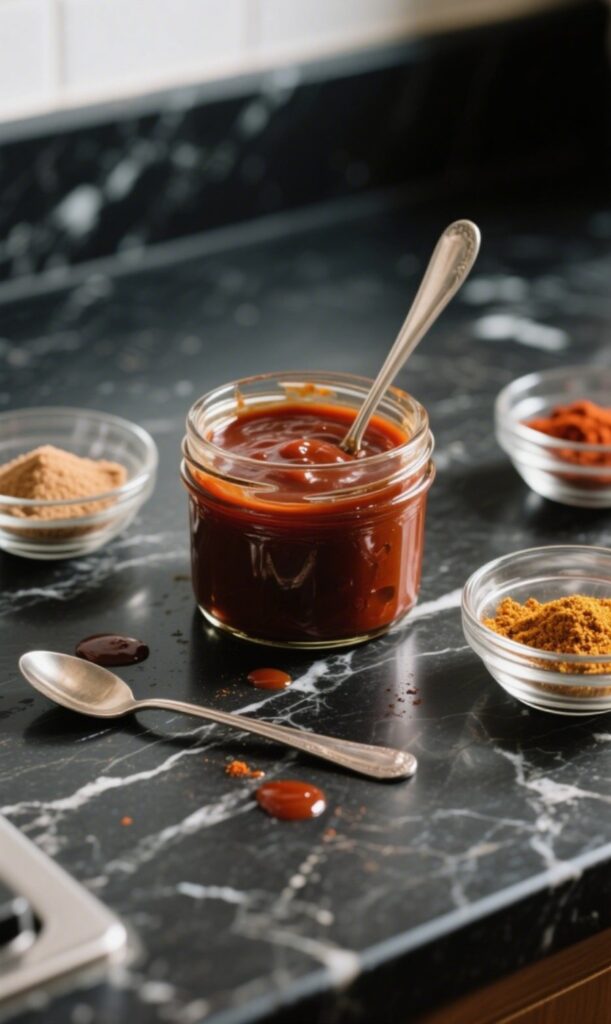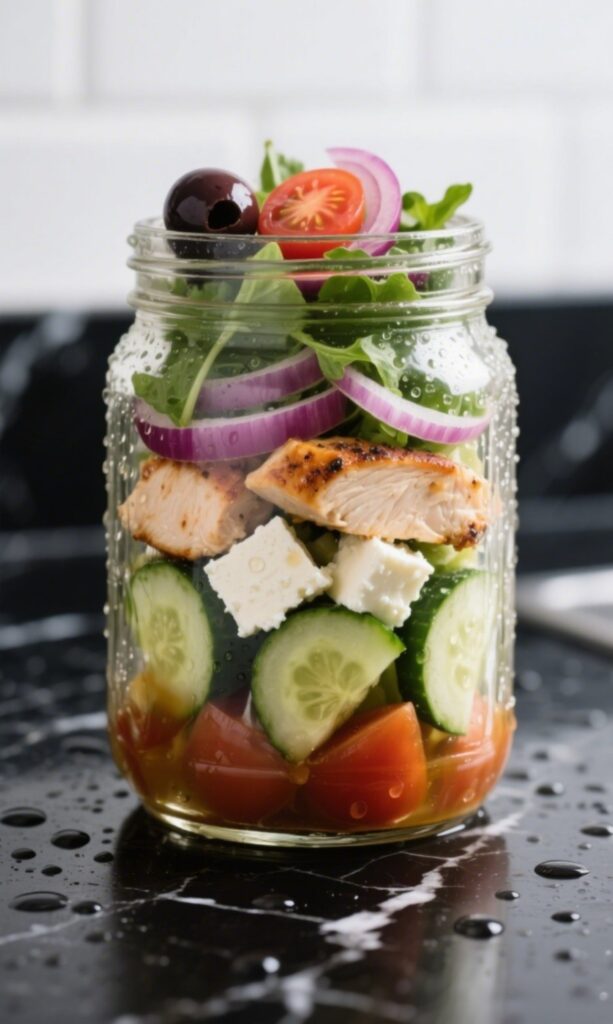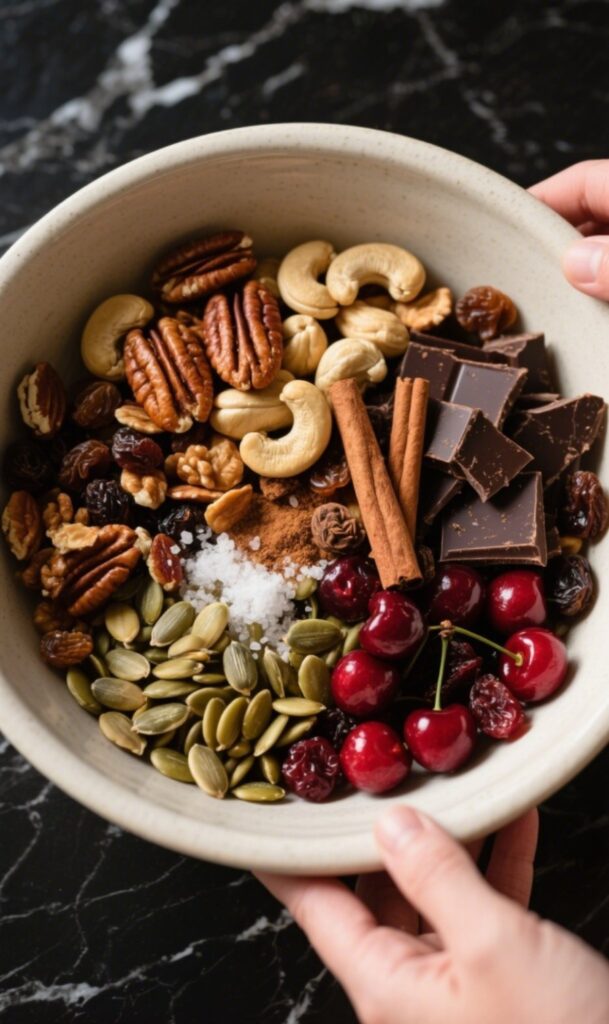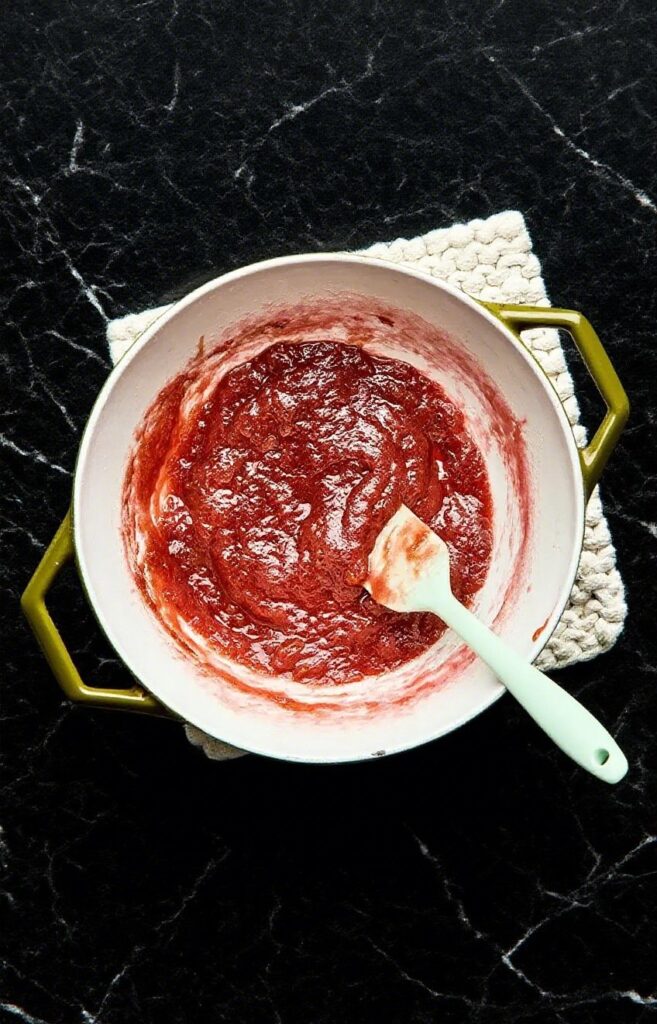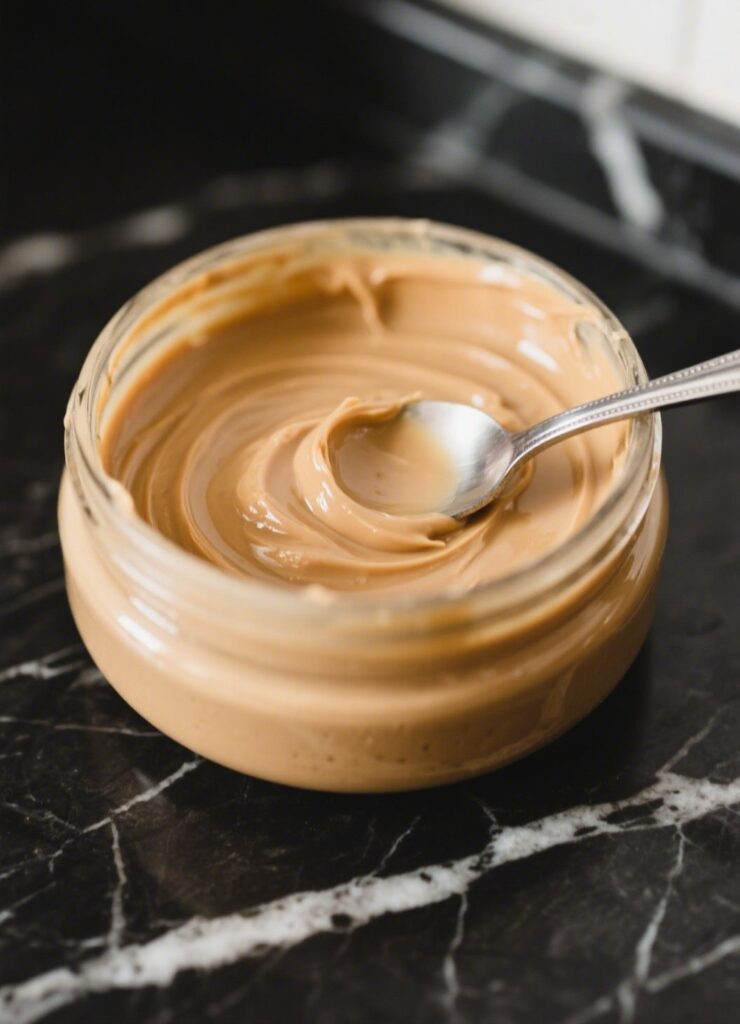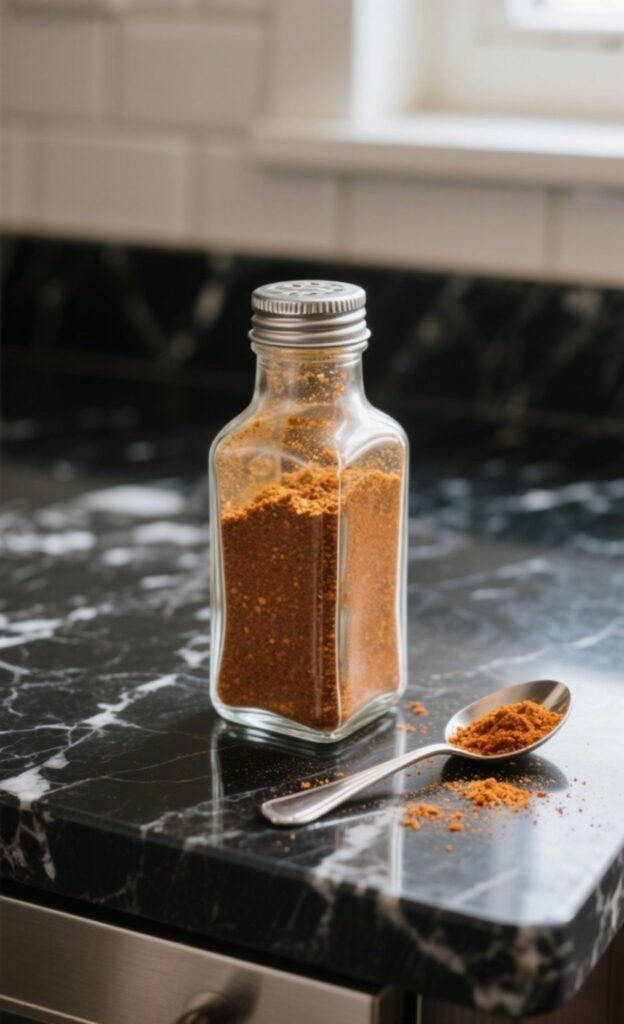Italian Lemon Jam – The Perfect Homemade Citrus Spread to Brighten Your Day
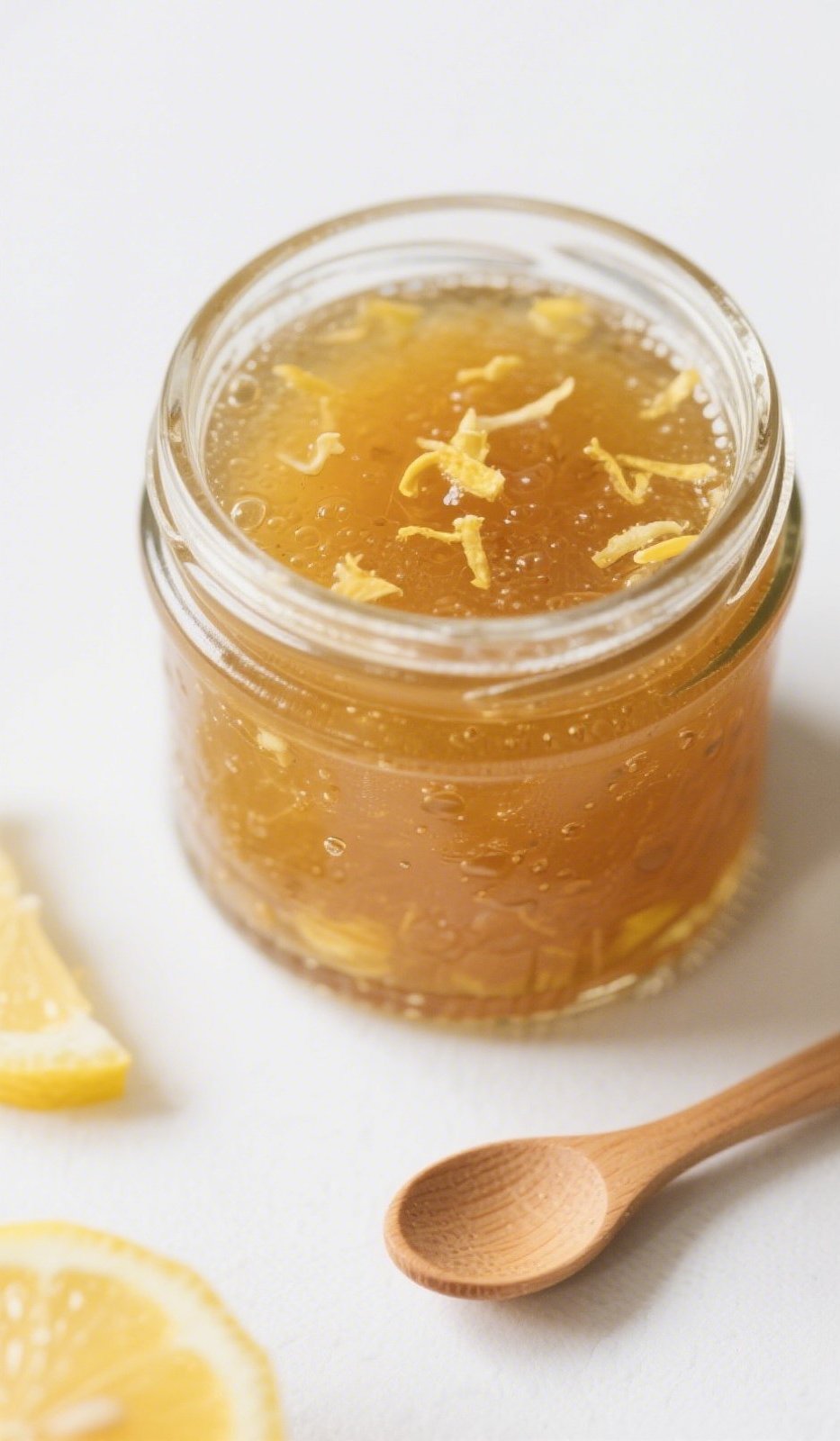
If you love the bright, tangy burst of lemons, then Italian Lemon Jam is a must-have in your kitchen. Unlike store-bought spreads filled with preservatives, this homemade citrus delight is rich in authentic lemon flavor and packed with natural goodness. Whether you’re pairing it with toast, yogurt, or a savory cheese board, it offers a balance of sweetness and tartness that few spreads can match.
Discover great ideas like Zesty Lemon Cake Recipe – Moist & Fluffy to pair with it or use it as a gift in glass jars—it’s endlessly versatile. In this guide, we’ll explore what makes Italian Lemon Jam so unique, how to make it from scratch, how to reduce bitterness, and all the tasty ways you can enjoy it.
What Is Italian Lemon Jam?
Origin and Tradition Behind Italian Lemon Preserves
Italian Lemon Jam, or marmellata di limoni, is a traditional Southern Italian preserve made using the whole lemon, including its fragrant zest and pulp. It’s especially popular in the Amalfi Coast and Sicily, where lemon cultivation is a cultural staple. Unlike other jams, it brings a delicate balance of bitter, sweet, and sour.
How Italian Lemon Jam Differs from Other Citrus Spreads
Unlike orange marmalade, Italian Lemon Jam typically uses fewer spices and lets the natural lemon flavor shine. It’s less sugary than lemon curd and chunkier, retaining the texture of real lemon bits. The result is a preserve that’s vibrant, slightly tart, and naturally thickened without added pectin.
Why Homemade Lemon Jam is a Healthier Choice
When you make your jam, you control sugar levels and avoid artificial preservatives. Compared to commercial jams, Italian Lemon Jam made at home is fresh, minimally processed, and full of micronutrients and essential oils from the zest.
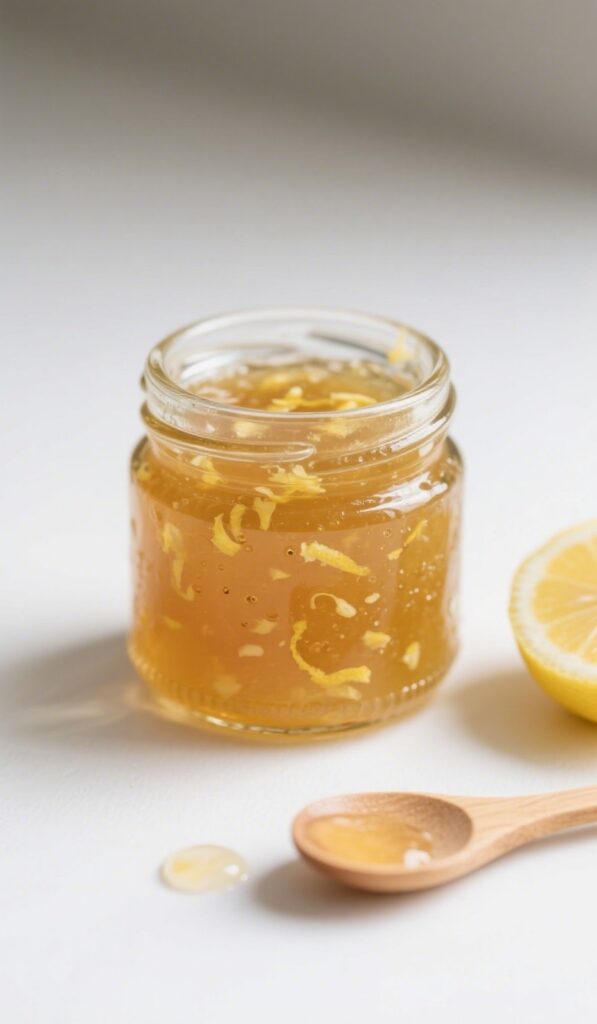
Ingredients You Need for Authentic Italian Lemon Jam
List of Key Ingredients and Substitutes
To make Italian Lemon Jam, here’s what you need:
- 4 large lemons (3 for zest, 1 for chopping)
- ¾ cup sugar
- 2 cups water (to boil zest)
- 2 cups water (for the jam)
- 2 tablespoons fresh lemon juice
You can substitute cane sugar with honey for a more floral tone, or use Meyer lemons for a less bitter result.
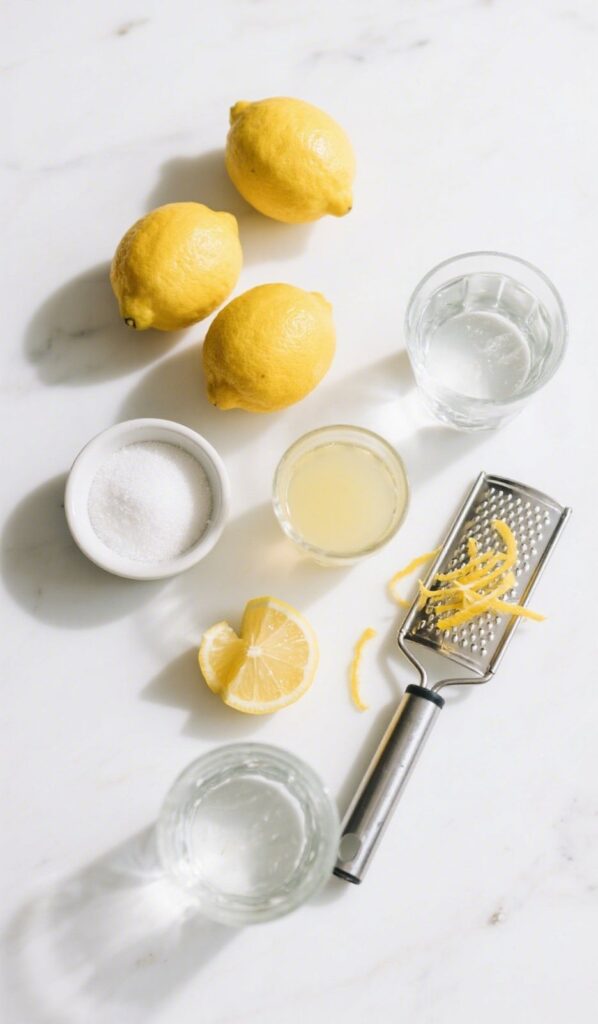
How Each Ingredient Impacts Flavor and Texture
- Lemon zest provides intense aroma and citrus oils.
- Chopped lemon adds pulpy texture and bright acidity.
- Sugar balances tartness and acts as a natural preservative.
- Water helps extract bitterness and aids in cooking.
- Lemon juice intensifies flavor and adds pectin for thickening.
Step-by-Step Guide to Make Italian Lemon Jam
Prepping Lemons: Zesting, Juicing, and Slicing Techniques
Grate only the yellow skin of 3 lemons to avoid bitterness. Juice one lemon for fresh acidity, and chop another lemon into thin strips with the peel on for rustic texture.
Boiling, Straining, and Simmering – Cooking Instructions Explained
- Combine zest and chopped lemon in a pot with 1 cup water.
- Bring to a boil, then simmer for 10 minutes.
- Strain and repeat to remove bitterness.
- Add sugar, lemon juice, and 2 cups water.
- Simmer for 30 minutes on low.
- Let it cool—jam thickens as it sets.
- Transfer to jars. Store sealed.
Tips to Reduce Bitterness in Italian Lemon Jam
How to Remove the Bitterness from Lemon Zest (Expert Methods)
Simmering and straining lemon zest and peel helps remove bitter oils. Repeating this step twice is key. Avoid grating the white pith underneath the zest—this is the main source of unwanted bitterness.
What Balances Lemon Bitterness in Jam Recipes?
A small pinch of sea salt or a few tablespoons of honey can smooth out the sharp edge of lemon bitterness. Check out this No-Bake Lemon Dazzling Blueberry Cream Cake that perfectly complements this jam’s flavor.
Storage, Shelf Life & Preservation Tips
How to Store Italian Lemon Jam for Long-Term Use
Store your jam in sterilized glass jars. For long-term storage, use a water bath canning method and seal jars tightly. Refrigerated jam lasts 3–4 weeks, while canned jam can last up to 12 months.
Shelf Life of Homemade Jam vs. Store-Bought Jam
Homemade jam, free from stabilizers, has a shorter life but delivers fresher flavor. Store-bought options may last longer but often sacrifice taste for shelf stability.
How to Use Italian Lemon Jam in Your Kitchen
Delicious Pairing Ideas: Toast, Yogurt, Cheese & More
Use this jam in multiple ways:
- Spread on warm sourdough toast
- Swirled into Greek yogurt
- Glazed over grilled chicken
- Served with aged cheese on a charcuterie board
Creative Recipe Ideas Featuring Lemon Jam as a Star Ingredient
Use it in cookies, sponge cakes, or as a filling for lemon tarts. Learn more about Lemon Meringue Tart where this jam can be a brilliant shortcut filling.
Italian Lemon Jam vs Lemon Curd – What’s the Difference?
Texture, Ingredients, and Culinary Uses Compared
| Feature | Lemon Jam | Lemon Curd |
|---|---|---|
| Texture | Chunky & rustic | Smooth & creamy |
| Main Fat | None | Butter or egg yolks |
| Sweetness | Balanced | Very sweet |
| Use | Spread, glaze, filler | Dessert base, spread |
Which One Should You Choose and Why?
Use Italian Lemon Jam for versatility and tartness. Choose curd for rich desserts. Jam is also easier to store and has a longer shelf life without refrigeration.
Troubleshooting & Expert Tips
Common Mistakes When Making Lemon Jam
- Using too much white pith
- Skipping the second boil/strain
- Overcooking, leading to a sticky mess
- Not using lemon juice—natural pectin helps set the jam
Pro Tips for Getting the Perfect Consistency and Flavor
- Stir often to avoid burning
- Simmer gently
- Let it cool fully before judging consistency
- Taste-test mid-simmer and adjust sweetness
FAQS:
How to take the bitterness out of jam?
Boil the zest and lemon slices twice and strain the water each time. Avoid the white pith and add a bit of sugar or honey to offset bitterness.
What cuts the bitterness of lemon?
Repeated boiling and using sugar or honey helps. A dash of sea salt also balances the sour edge without overpowering the citrus notes.
How to reduce bitterness in lemon jam?
Boiling and draining twice is essential. You can also blend in sweeter lemon varieties like Meyer lemons or add floral sweeteners like agave or maple syrup.
Is lemon curd the same as lemon jam?
No. Lemon curd contains butter and eggs and is smooth, while lemon jam is zestier, chunkier, and uses whole lemons.
Italian Lemon Jam is more than just a spread—it’s a celebration of flavor, culture, and simplicity. Whether you’re a beginner in the kitchen or a seasoned cook, making your own citrus jam can be a delightful and rewarding experience. And don’t stop here—Looking for inspiration? Try this Saffron Rosewater Lemonade or even make your own Homemade Peanut Butter to go with it!
Print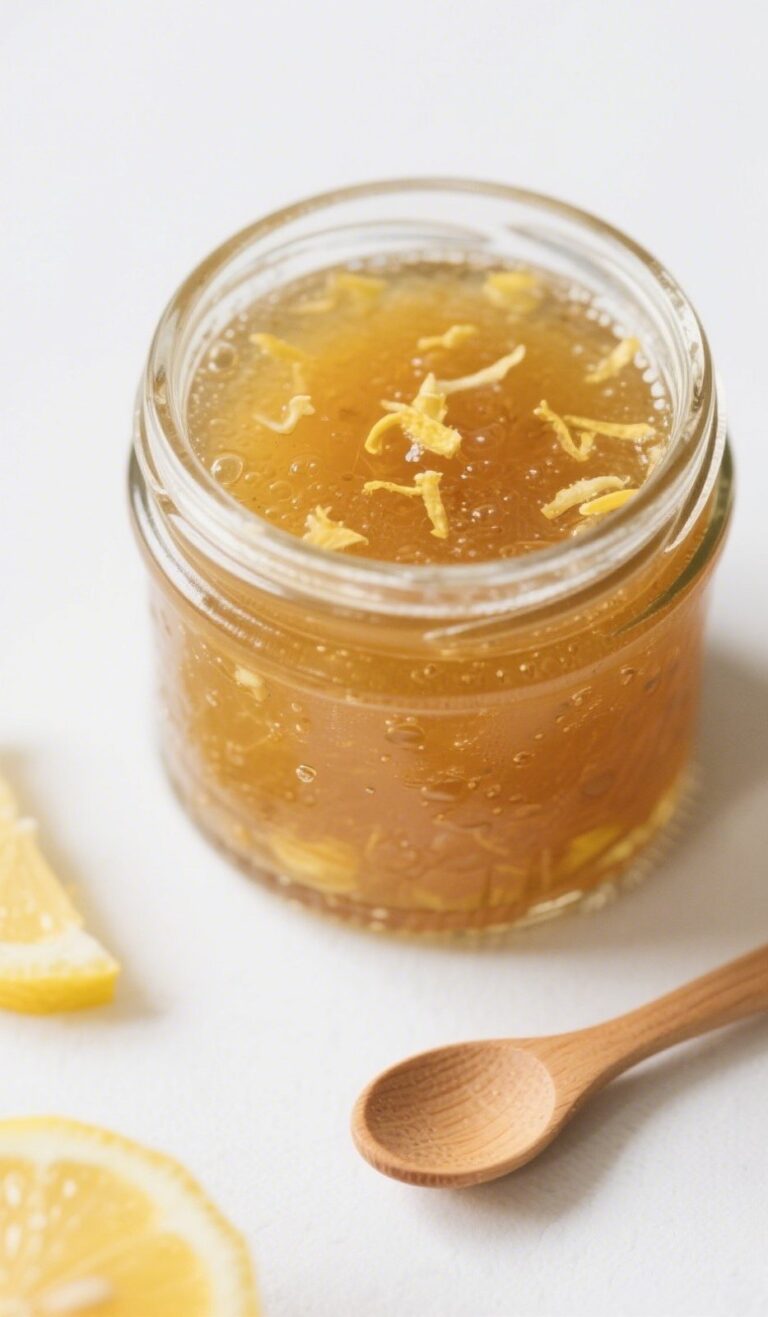
Italian Lemon Jam
Italian Lemon Jam is a vibrant, sweet-tart citrus preserve made with fresh lemons, sugar, and zest. This homemade recipe delivers bold flavor with minimal bitterness, using traditional Italian techniques for a perfectly balanced spread. Ideal for toast, yogurt, baking, or gifting in jars, it’s a sunshine-filled staple for any kitchen.
- Total Time: 50 minutes
- Yield: 200g jam 1x
Ingredients
- 4 large lemons (3 for zest, 1 to be chopped)
- ¾ cup sugar
- 2 tablespoons lemon juice (freshly squeezed)
- 2 cups water (to boil zest)
- 2 cups water (to cook jam)
Instructions
-
Grate zest from 3 lemons—avoid the white pith.
-
Juice one lemon (about 2 tablespoons).
-
Chop 1 whole lemon into thin slices or strips.
-
Place zest and chopped lemon into a pot.
-
Add 1 cup water, bring to a boil, and simmer for 10 minutes. Strain.
-
Repeat boiling and straining once more to reduce bitterness.
-
Add sugar, lemon juice, and remaining 2 cups water.
-
Simmer for 30 minutes until slightly thickened.
-
Transfer to sterilized jars. Cool and store.
Notes
- Makes about 200g.
- Double/triple for larger batch.
- Keeps for 3–4 weeks refrigerated, or up to 12 months if canned.
- Prep Time: 10 minutes
- Cook Time: 40 minutes
- Category: DIY
- Method: Boiling & Simmering
- Cuisine: Italian
- Diet: Gluten Free
Nutrition
- Serving Size: 200g
- Calories: 703 kcal
- Sugar: 161g
- Carbohydrates: 190g
- Fiber: 12g

